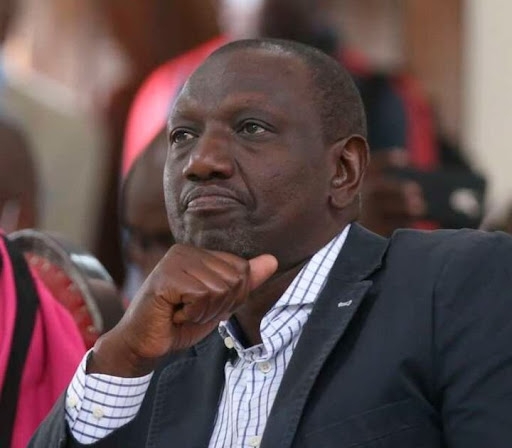Kenya's manufacturing sector has remained resillient in the face of high operational costs and regulatory hurdles, Kenya Association of Manufacturers has said.
KAM CEO Antony Mwangi said currently, manufacturing contributes 7.6 per cent to Kenya's GDP despite fears that the sector's contribution to economic growth might be dwindling.
"Although this figure may appear to be declining, it's important to note that the sector itself is expanding. The slower growth rate compared to finance, telecommunications and retail sectors does not reflect a contraction in manufacturing but rather faster growth in these other areas," Mwangi said.
He was speaking during the the 8th edition of the Agro-Food Pack Exhibition at the Sarit Centre in Nairobi.
He emphasied that manufacturing is a cornerstone of Kenya's economy, a sector that significantly impacts employment and GDP.
He said the sector was growing, albeit at a slower pace compared to other sectors.
Mwangi said that the manufacturing sector's importance extends beyond GDP contribution.
He said it supports around 363,000 jobs directly, making it the second-largest employment sector after the public sector, which employs over 900,000 people.
Furthermore, Mwangi noted that manufacturing contributes about 18 per cent of the country’s tax revenue, translating to approximately 360 billion Kenyan shillings.
“The ripple effects of manufacturing are profound. For instance, trucks transporting raw materials or finished goods are essential for the sector’s operation, showcasing its interconnections with transportation, finance and retail industries,” Mwangi emphasised
Despite these strengths, the sector faces significant challenges, he acknowledged.
High production costs, especially in energy, are major hurdles, Mwangi said.
“Our energy costs are roughly three times higher than those in Tanzania. This disparity affects our global competitiveness. If we could reduce energy costs, we would see a substantial impact on our ability to compete on a global scale,” Mwangi explained.
He pointed out that in other countries, such as Egypt and South Africa, production costs are much lower, which places Kenyan manufacturers at a disadvantage.
Regulatory costs also pose a challenge, he said.
Mwangi described the cumbersome nature of regulatory requirements, noting that businesses face various levies and tariffs when operating across different counties.
“In Kenya, companies often encounter high costs related to regulatory compliance, which hinders their competitiveness,” he said
This issue contrasts sharply with the goals of the African Continental Free Trade Area (AfCFTA), which aims to reduce trade barriers across the continent, the KAM CEO noted.
Going forward, Mwangi underscored the need for a more robust industrial policy to address these challenges.
“We are advocating for a new, comprehensive industrial policy that will help accelerate growth and ensure that manufacturing’s contribution to GDP increases from 7.6 per cent to 20 per cent by 2030. This is crucial for job creation and economic stability," he asserted.
He believes that Kenya's access to global markets, including the EU and the US, offers significant opportunities for growth, particularly in agro-processing.
Mwangi said his vision for Kenya’s manufacturing sector is one of strategic growth and policy reform.
“To become a leading global manufacturing hub, Kenya must develop a fit-for-purpose industrial policy that addresses current global dynamics and domestic challenges. This includes tackling high production costs, improving energy efficiency, and streamlining regulatory processes,” he said.









